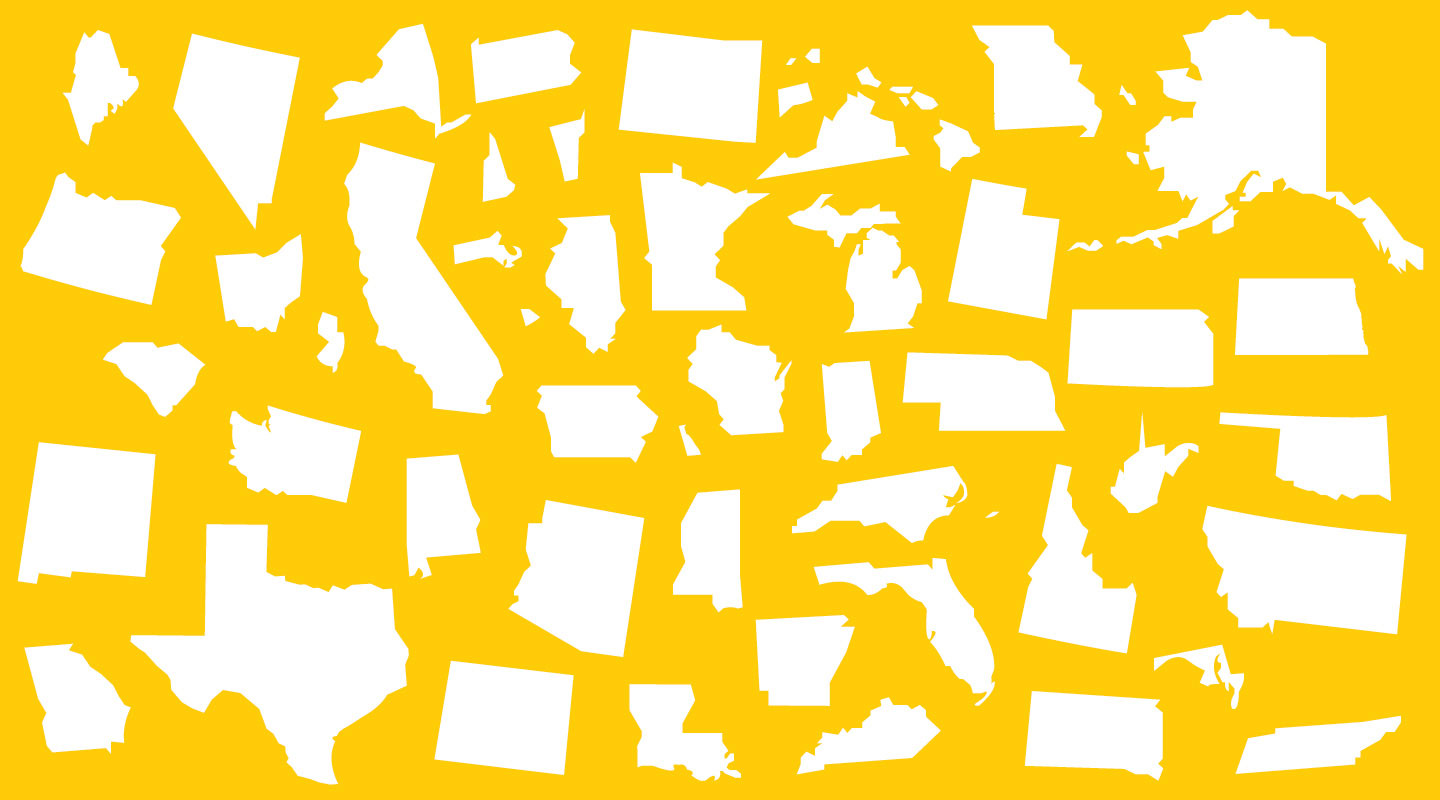Common Core: RH.6-8.1, RH.6-8.2, RH.6-8.4, RH.6-8.7, WHST.6-8.4, RI.6-8.1, RI.6-8.2, RI.6-8.4, RI.6-8.7, W.6-8.4, SL.6-8.1
NCSS: Individuals, Groups, and Institutions • Power, Authority, and Governance • Civic Ideals and Practices

Shutterstock.com
STANDARDS
Common Core: RH.6-8.1, RH.6-8.2, RH.6-8.4, RH.6-8.7, WHST.6-8.4, RI.6-8.1, RI.6-8.2, RI.6-8.4, RI.6-8.7, W.6-8.4, SL.6-8.1
NCSS: Individuals, Groups, and Institutions • Power, Authority, and Governance • Civic Ideals and Practices
ELECTION 2020
Civics
The JS Guide to the Electoral College
Believe it or not, voters don’t directly pick the U.S. president. A group of 538 people—known as the Electoral College—does. Though it might seem surprising, this system was written into the Constitution. Read on to find out how it works.
News flash: This fall, Americans won’t technically be voting for Donald Trump or Joe Biden, even though their names will appear on the ballot.
The U.S. president isn’t elected directly by voters but by the Electoral College. That’s a group of 538 people (called electors) who represent all 50 states and Washington, D.C. Americans actually cast ballots for electors from their state who have pledged to support a particular candidate.
This system of electing the president was written into the U.S. Constitution. Think of the election as 51 separate contests. Whoever wins enough of them to earn a majority of electoral votes wins the presidency.
The Electoral College is a complicated system. (It’s also controversial: Lawmakers have tried to reform or get rid of it hundreds of times.) To help you make sense of it, JS put together this crash course.
An Electoral Compromise
Architect of the Capitol
Why do we have the Electoral College? At the Constitutional Convention in 1787, some Framers said citizens should vote directly for president. Others argued that citizens wouldn’t know enough about the candidates to decide. They wanted Congress to pick the president but feared giving lawmakers too much power over the executive branch. The Electoral College was a compromise. It gives citizens input—and states the same level of representation in picking the president as they have in Congress.
Americans don’t vote directly for president on Election Day.
When voters cast their ballots, they’re actually choosing their state’s electors. Those are people who have pledged to support a particular presidential candidate. Electors typically are active members of their political party. They may be party leaders, elected officials, or individuals who are closely associated with a presidential candidate.
The 2020 Electoral Map
This map shows the number of electors in each state and Washington, D.C.—plus how those electors are expected to vote this year. Which way does your state lean?
Jim McMahon/Mapman®
Not all states have the same number of electors.
Each state has as many electors as it has members in the U.S. Senate and U.S. House of Representatives combined. Every state has two senators, but the number of representatives depends on each state’s population. In addition, Washington, D.C., has three electors (see map, above).
Although this setup gives populous states a lot of electoral votes, it does not necessarily give those states’ voters more influence. For example, California’s 55 electoral votes work out to about 1 electoral vote per 718,000 residents. The least populous state, Wyoming, has 3 electoral votes—about 1 electoral vote per 193,000 residents.
A candidate needs to gain at least 270 electoral votes.
There are 538 electors in the Electoral College. Each elector gets to cast one electoral vote for president. A candidate needs a majority of electoral votes to win, which works out to at least 270. Every state except Maine and Nebraska has opted for a “winner take all” approach: The candidate who gets the most votes in a state wins all of that state’s electors.
A president doesn’t always win the popular vote.
The “winner take all” rules in most states mean a candidate can succeed in the Electoral College without winning the popular vote. That’s because a candidate gets all of a state’s electoral votes even if he or she wins that state by only a narrow margin. A candidate can secure 270 electoral votes this way even if his or her opponent has landslide victories in other states. Two of the three most recent presidents won this way, including Trump in 2016. Some experts say that is one reason the Electoral College is one of the most challenged parts of the Constitution.
Shutterstock (Trump); Tracey Nearmy/Pool Photo via AP Images (Biden)
Either of the candidates could win the Electoral College this year.
When this issue went to press, Biden looked more likely to win the popular vote, but experts say the Electoral College could go either way, depending on swing states. Those states’ voters flipped between parties in recent elections.
The popular vote results could take days or weeks to determine, officials warn, because a record number of Americans are expected to vote by mail. The official Electoral College totals will be announced on January 6, 2021. Two weeks later, on January 20, the winner will be sworn into office.
Get the latest election news and results! Visit scholastic.com/election for updates, resources, and more.